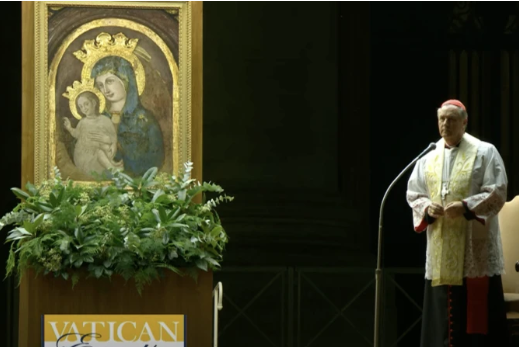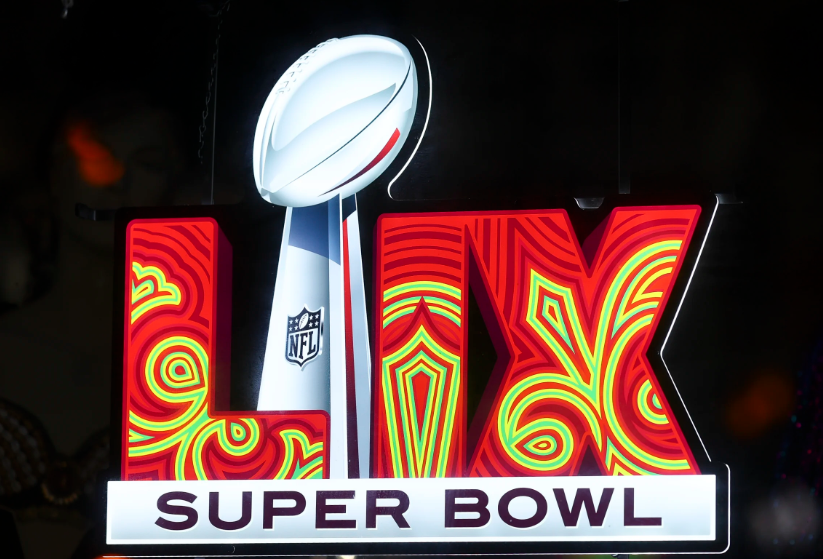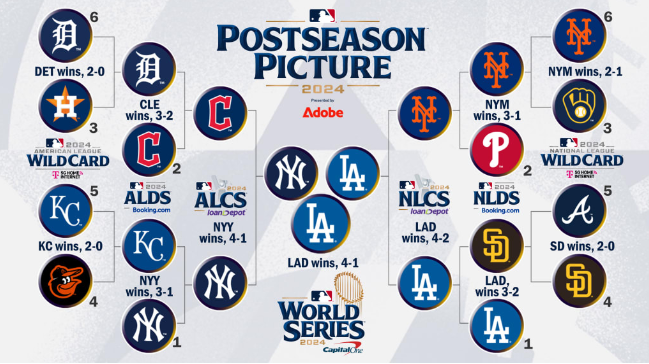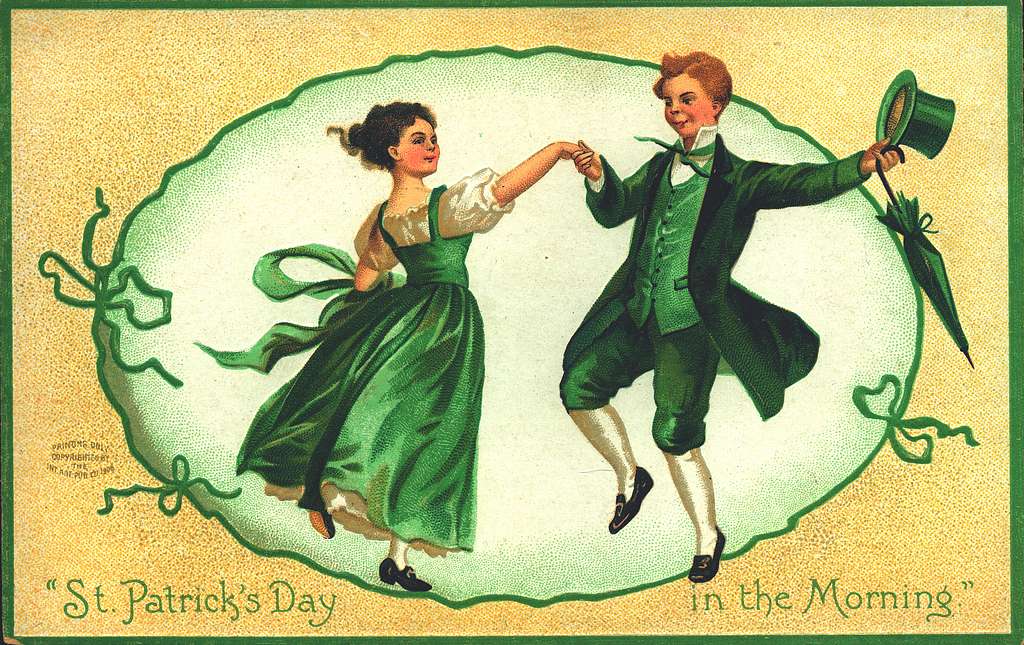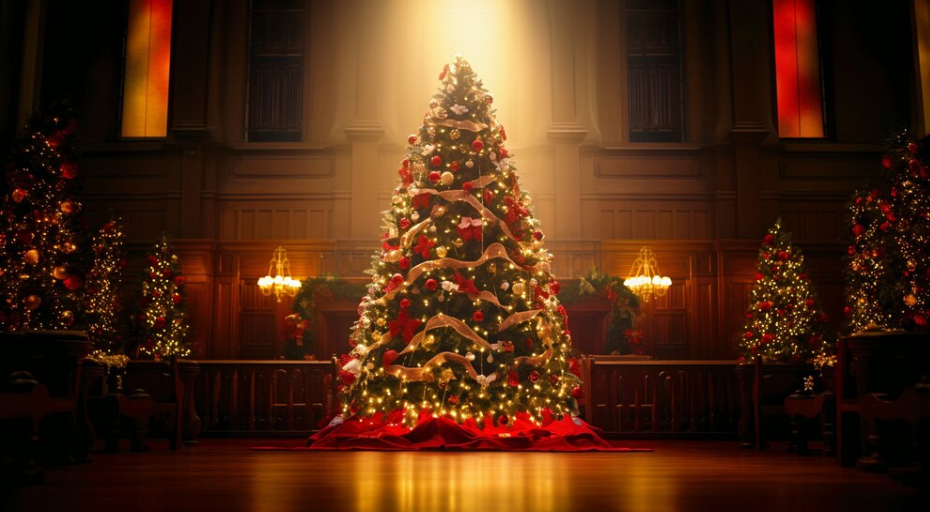Christmas is a holiday honored by many Christians, celebrating the birth of Jesus Christ on Dec. 25. The origin of Christmas dates back thousands of years. But to understand the true history of Christmas, we have to dive deeply into the roots of prehistoric times.
Long ago before the birth of Christ, many in Europe celebrated as a way of marking the shortest day of the year. And, the Norse honored Yule, a celebration of light. Likewise, the Romans spent this time memorializing Saturnalia, the respect of the god Saturn, implying mainly merrymaking, feasting, and gift-giving. The honoring of light back then laid the foundation for the Christmas traditions that we cherish today.
On the other hand, the winter solstice was recognized by many people as a way of celebrating the briefest day in the year. Though the winter solstice is dated to Dec. 21, in ancient Rome people used the Julian calendar, a different version of the calendar, meaning the winter solstice used to fall on Dec. 25. This time around was a huge deal to those who built and used Stonehenge to line up with sunrise. During the Neolithic times (New Stone Age), great festivals were held where people ate an abundance of pork and beef, similar to how we commemorate Christmas.
The practice of decorating trees has a huge connection to pre-Christian people’s admiration for nature. Some ways to celebrate the winter solstice included decorating buildings with evergreen plants, including trees, mistletoe, holly, and ivy. Additionally, the colors red and green are believed to come from the evergreen plants and their berries. The people of Ireland and Britain also saw mistletoe as a symbol of life, they would give it to humans and animals as a hope of plentifulness.
All in all, the birth of Christmas has influenced many lasting modern customs from its ancient roots. The joyous festival is praised in countries such as Italy, Ireland, Britain and many other countries that allow Christian practices.
